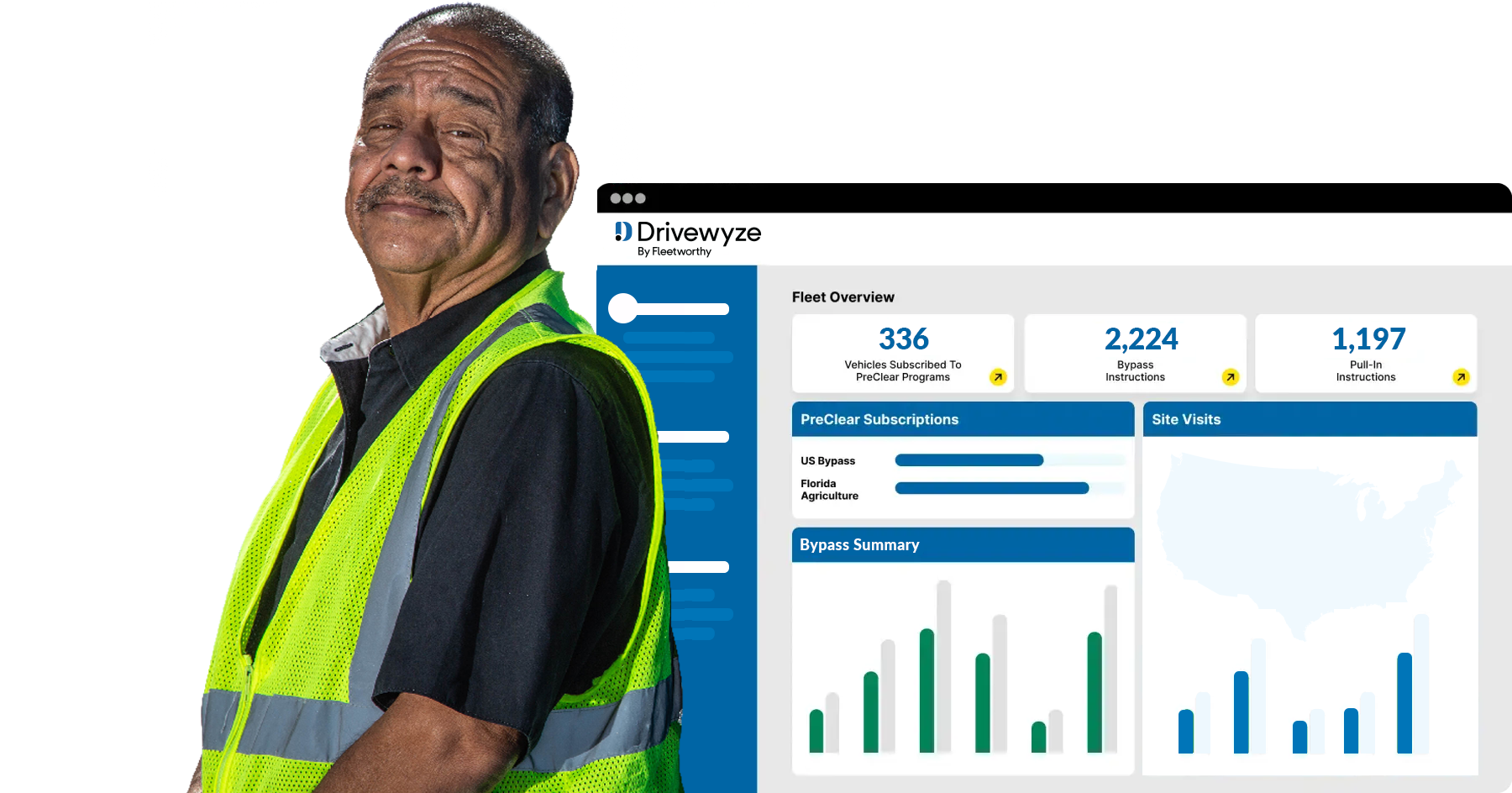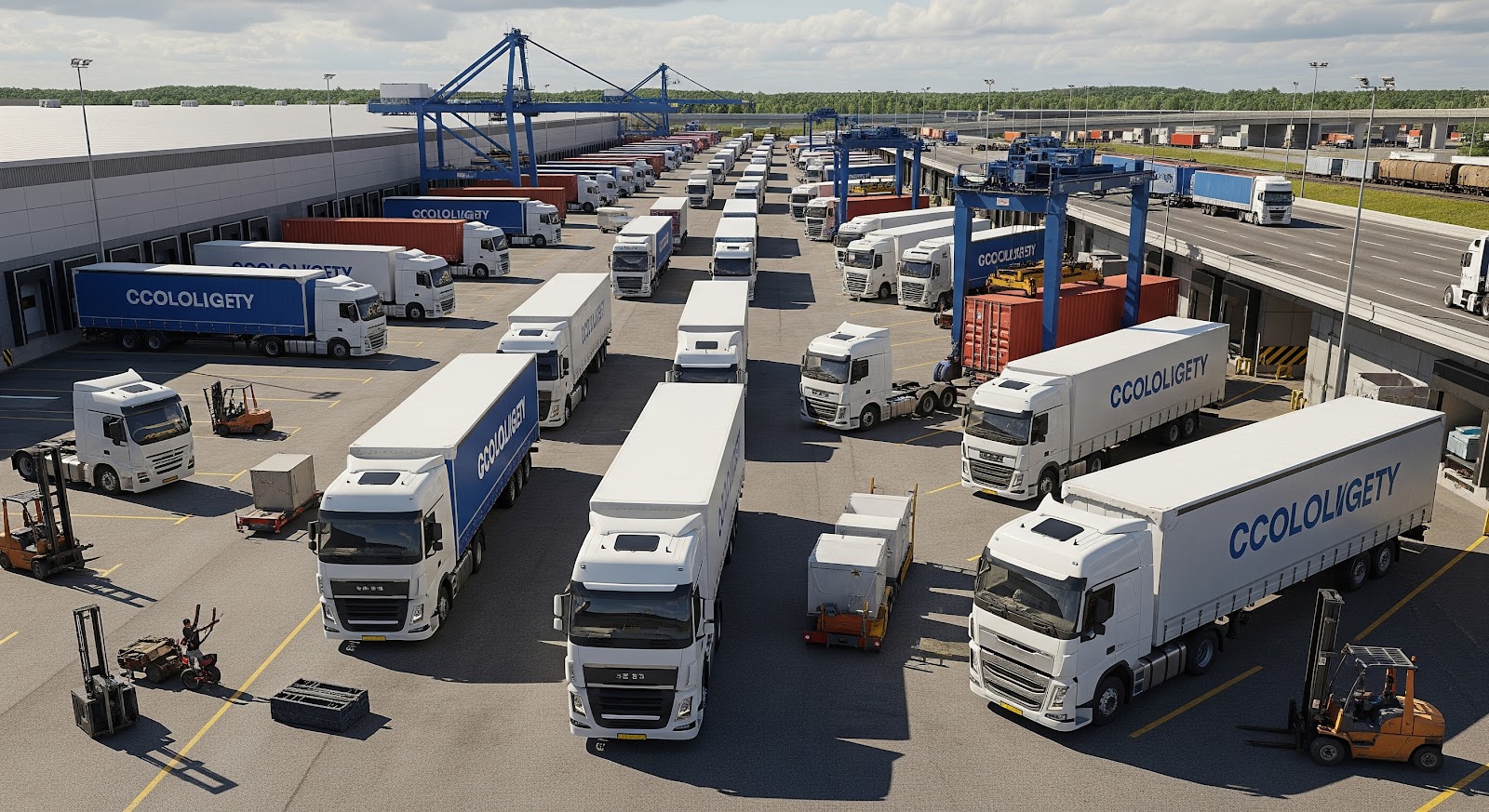A Quick Summary: OBD-I vs. OBD-II
OBD stands for “onboard diagnostics”, and OBD-II provides a standardized, self-diagnosing system integrated into the vehicle that monitors system functions and reports any issues. OBD-II plugs into a port beneath the dashboard and uses Bluetooth and WiFI to communicate fleet performance through standardized codes that work across all vehicle manufacturers.
What are OBD Systems?
OBD, or on-board diagnostics, is an electronic system within a vehicle that provides self-diagnosed performance feedback on the functionality of vehicle systems such as the engine or emission system components of the vehicle. OBD helps fight vehicle performance issues by communicating with vehicle subsystems such as engine, transmission, and brake control.
History of OBD
The history of on-board diagnostics dates back to the sixties, when pioneering work by organizations, such as the Society of Automotive Engineers (SAE) and the Environmental Protection Agency (EPA), pushed for their introduction. However, it would not be until the 1980s that on-board diagnostics became standardized for US vehicles. In 1991, California made history by becoming the first state to require OBD systems in vehicles; this generation of diagnostic systems is commonly referred to as OBD-I, which was superseded three years later by OBD-II. By the late 90s, all vehicles manufactured in the US were required to utilize OBD-II.
OBD-I vs. OBD-II
The central difference between first generation OBD systems and OBD-II is that OBD-II systems are now homogenized into the vehicle itself. Unlike OBD-I, wherein diagnostic systems were externally linked to a vehicle’s console. The OBD-II port in most US-manufactured vehicles can be located beneath the dashboard on the driver’s side of the automobile.
Benefits of OBD-II Systems
The OBD-II system monitors several internal vehicle systems, including the powertrain, which encompasses engine and transmission functionality, and the emission control system, among others. The OBD-II also allows one to access an array of additional information about vehicle performance, including but not limited to vehicle identification number (otherwise known as VIN), emissions counters, and the calibration identification number. When a mechanic examines the vehicle, they can hook up to the OBD-II port within the vehicle to access these systems and gain an understanding of what might be the problem with the vehicle. For more information on vehicle safety, consider these solutions.
Finding an OBD Port in Trucks
When driving a truck or any heavy-duty vehicle, it is imperative to be able to locate the on-board diagnostics port in order to access the system. Part of this awareness involves drivers understanding which type of port their vehicle supports. Some trucks may use 6- or 9-pin diagnostic cable ports for their on-board diagnostics, but all OBD-II systems utilize a trapezoid style of port,whereas previous systems may have used circular ports. The OBD-II port can generally be located beneath the vehicle’s steering wheel to the driver’s left side, though exact placement may vary depending on vehicle model. It is important that drivers are aware of the location and port type their vehicle uses in case of an emergency.
OBD-II and Fleet Telematics
Besides its salience in individual vehicle performance monitoring, OBD-II is also an invaluable tool for fleet management. The OBD-II system allows you to track vehicle performance trends across a fleet of vehicles in order to determine how repairs and new vehicles should be allocated. Since the OBD-II system is self-diagnosing, you will be able to get ahead of fleet performance issues before they arise. The system also promotes safe driving and, in the end, may reduce insurance costs as it allows for tracking and regulation of individual driver habits within a fleet of vehicles. The OBD-II system can also help track emissions across the fleet, allowing for fleet managers to assess how they can reduce or ease their carbon imprints while still maintaining an efficient, safe, and effective vehicle fleet.
If you’re looking for more information about OBD-I and OBD-II systems, fleet management, or vehicle performance, Drivewyze has many great resources for additional information.

Ready to Get Started?
Learn how North America’s leading carriers use Drivewyze to save money and improve safety.





